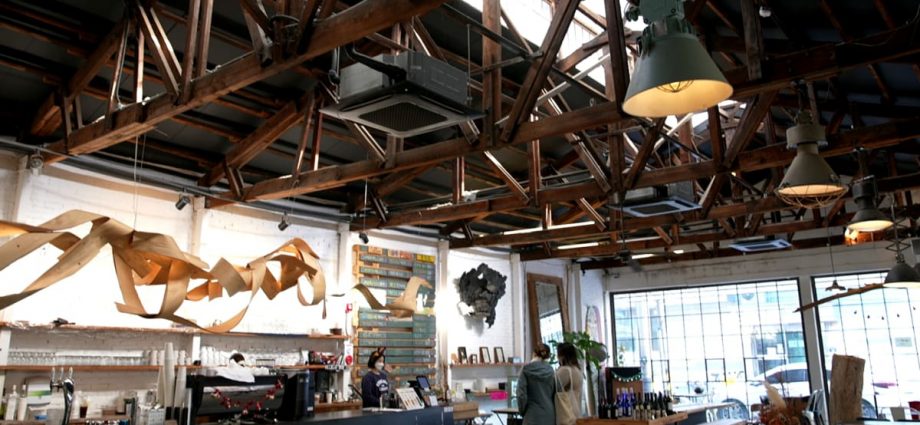
Even though the district is now populated with cool cafes and other trendy establishments, the neighbourhood’s manufacturing origins can still be found if you know where to look.
For instance, Yu Hong-sik is a shoemaker well known among those with discerning taste for one-of-a-kind shoe designs. He has worked in Seongsu-dong for 23 years and while the area once had 1,200 shoemakers, the number has since dwindled drastically.
“Large factories appeared, where shoes of the same design are mass-produced by machines. A large number of low-price shoes are also imported from China, so our shoemaking industry was eliminated by natural selection,” said Yu.
He credits his longevity to his singular approach to shoemaking. “I’ve made some ‘strange’ shoes since I was young. My teacher would ask me, ‘Hey, who would wear those shoes?’ But I’ve managed to survive until now because of these unique shoes,” he said.
Today, he works out of a small atelier and draws satisfaction from making shoes for customers who appreciate the artisanship that goes into the process of creating handmade footwear. He reflected, “I still find this job fun so I will continue to lay the leather and to hone my skills. It gives me strength so I cannot stop.”
As with any up-and-coming neighbourhood in a big city, there is always a possibility that gentrification may drive away the very same creative minds that were drawn to its gritty charm in the first place. But for now, the balance between old and new has made Seongsu-dong one of Seoul’s favourite hidden gems.

